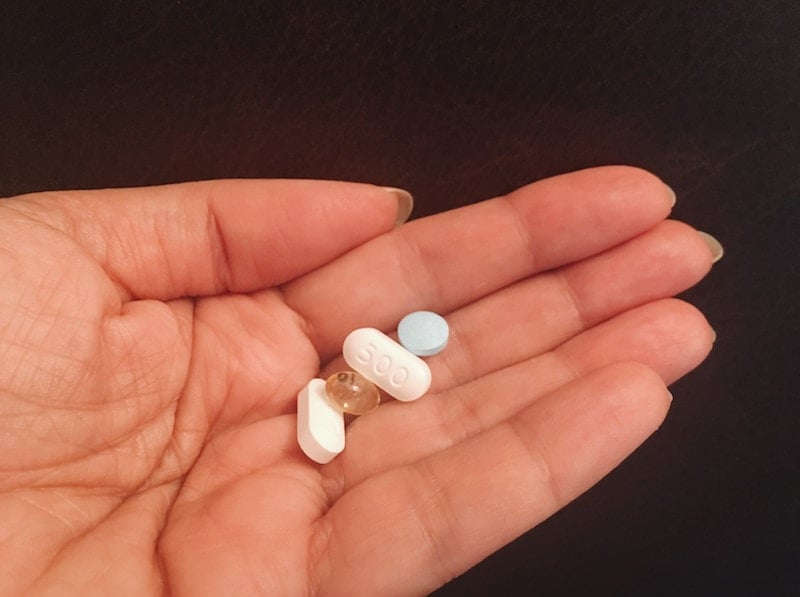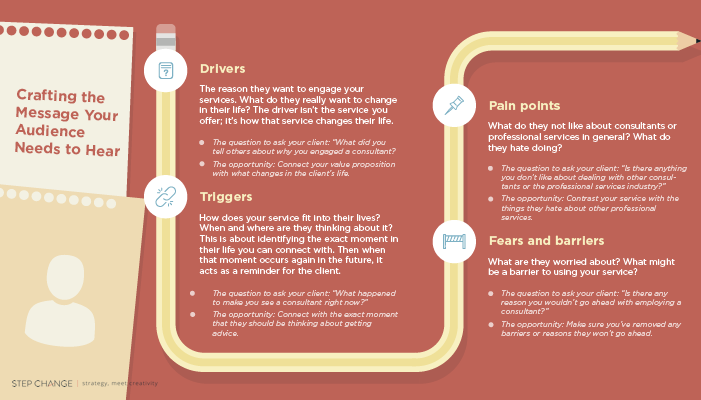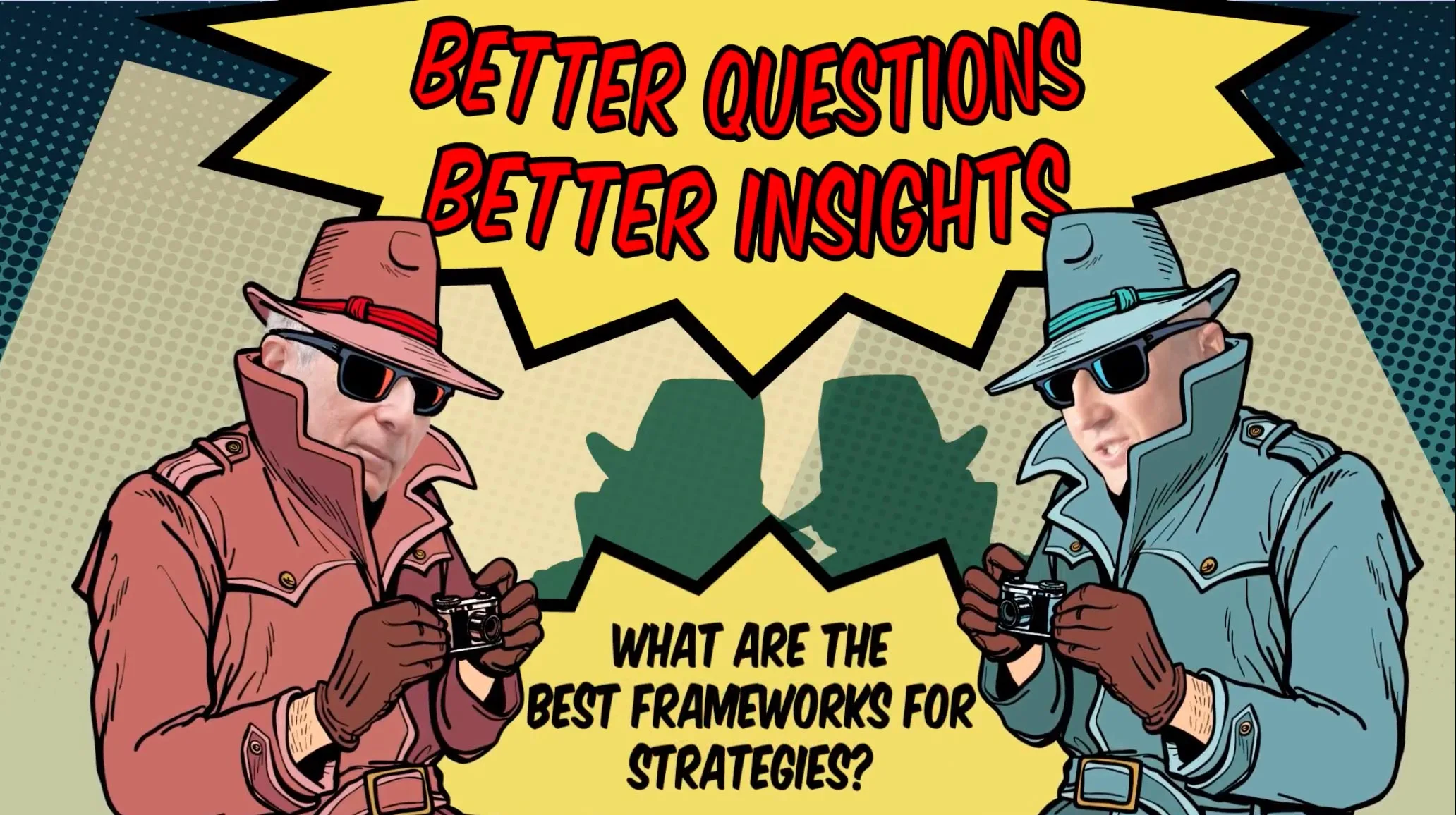On a degree of difficulty scale, marketing prescription pharmaceuticals rates high on the list. It’s an industry like no other — categorised by heavy restrictions, a shed load of data, and an audience that is limited and hugely intelligent.
To top that off, there’s also limited time to monetise the new drug before generics flood the market.
So in a few short years, your marketing campaigns need to shift choice away from the incumbent, educate those at the upper end of the knowledge chain, build brand loyalty and value above just price, and remain within the confines of the MA code.
It’s not a task for the faint of heart.
But it’s not all doom and gloom. In fact, we believe there are some slight tweaks to your marketing strategy that can make your next pharmaceutical campaign stand out.
In this blog article, I share with you four highly effective strategies that pharma marketers can implement.
1. Know Your Target

And by this, we don’t mean your sales targets. We mean knowing intimately the niche your product is designed for. This is where pharmaceutical companies have an edge on traditional marketing.
PBS submissions rely on data showing increased efficacy of a product over incumbents in the marketplace.
However, narrowing in on a specific target market within your indication can provide guidance on where to most effectively concentrate your marketing effort.
Take, for instance, a drug that has been recently PBS-listed for reducing nerve pain in patients, with slightly more efficacy than an incumbent. Great! But changing drugs comes with risks attached.
So more often than not, doctors remain prescribing what they are familiar with.
Let’s look more closely at the product to find something that is different from others.
In this example, your product could reduce nerve pain by 3% due to a different delivery mechanism, which also causes less trauma to the gastro-intestinal system.
Doctors would be more willing to switch patients who have complained of gastro-intestinal distress previously, potentially because they have comorbidities, requiring them to take large amounts of prescription medication.
So instead of spending limited time and resources trying to chase the entire marketplace, who have a low likelihood of converting, we can focus efforts on those patients whose doctors have greater incentive to move them: patients suffering from nerve pain who have complained of, or been non-compliant due to, gastro-intestinal distress.
Recommended reading: How to Know and Captivate the Right Audience
2. Leave a Breadcrumb, Not a Loaf

When we have a tight definition of our audience, it becomes easier to know where to narrow our focus of information. It’s common practice to want to put every possible piece of data into marketing materials like leave-behinds, brochures, print and digital ads, and iDetailers.
However, we know that information overload acts as barrier to action. When we’re presented with multiple pieces of information, we find it too overwhelming to change, so we revert to the status quo.
Ask any sales rep in the field, and they’ll verify this: “Do you feel like you’re always presenting your doctors with compelling data but their behaviour doesn’t change?”
Try and condense the information to what is going to be relevant to the identified target audience.
So if we take the example of the drug that reduces nerve pain and is best for patients who’ve had gastro-intestinal distress in the past and may have been non-compliant because of it, the information that becomes useful is how the drug works to be so gentle on stomachs while still being effective.
3. Lead with the Problem

Once we’ve decided on the audience and the pertinent information, we can use the structure of our messaging to gain greater engagement and interaction.
If you look at current pharmaceutical marketing, most of the messaging leads with a solution, with no real set-up of a problem.
For instance, a newly launched bronchodilator in the marketplace would usually lead with messaging like “The first PBS-listed dual bronchodilator for treatment of COPD” with a number of data points underneath.
The audience has been presented with a treatment for COPD (the solution) with no real set-up of why the solution is needed (the problem it’s solving). As such, the audience has to work harder to connect how to fit the solution into their world.
A better way to structure the messaging in this example could be by leading with the problem that the product solves in a way that’s relevant to the doctor reading the material.
Take, for example, this messaging:
Are your patients complaining of breathlessness at night?
Are monotherapies no longer working for your COPD patients?
Instantly, we’ve created a hook that speaks directly to the audience by planting our solution into a problem they encounter in their patients.
Now that we’ve established the problem, we can move into the solution with something like, “Try Product X, the first PBS-listed dual bronchodilator”.
We’ve created engagement, interest, and we’ve made life easier for our sales reps who’ll be able to speak to an audience wanting to know more.
Structuring messaging in this way is also a highly effective way to drive engagement in a digital medium, where attention is limited and ad size small.
Leading with the problem sets up questions and then a strong call to action:
Are monotherapies no longer effective for your COPD patient? Click here to find out how what more can be done.
This can drive more action than presenting a list of product features.
Check out this infographic to know how to use drivers, triggers, pain points, and fears and barriers to frame your message in a way that compels your audience to take action:
Click the image to download your copy of this guide.
4. Use an A3 Discussion Guide

Leave-behinds have long been used by the pharmaceutical sales and marketing departments to serve as a reminder of sales conversations.
At Step Change, we’ve found conversion rates double and triple across businesses in all categories by producing these in an A3 format and structuring the information as a discussion guide rather than a brochure.
Here are the steps on how to make an A3 discussion guide an effective piece of communication.
- Ensure your A3 guide is printed on nice thick stock. Make it look like a premium piece of communication.
- The A3 dimensions are deliberately awkward, making it physically stand out on a cluttered desk, and it can't be easily folded.
- The A3 dimensions are deliberately awkward, making it physically stand out on a cluttered desk, and it can't be easily folded.
- Use the messaging structure and strategy outlined above.
- Design with icons to aid in information digestion. Train the sales team to point to the icons every time they mention that data point or fact point. It drives effective frequency, and that drives memorability.
- Visually, leave space to make the piece enable a discussion.
- One example would be placing empty checkboxes next to a list of problems the drug has been designed to solve.
- Get sales reps to discuss with their doctor: Which problems do they see in their patients? Which ones are most common or need immediate action? What other ones do they encounter?
- During the discussion, get the rep to physically write the points on the piece — it creates greater buy-in and memorability when the doctor later views the piece long after the visit from the rep.
The Takeaway
So while marketing pharmaceutical products comes with restrictions carried by no other, it doesn’t mean your campaigns can’t have impact by resonating with your audience, having cut-through in the field, and ultimately finding the patients who’ll benefit the most from your drug.
Photo credit: Adobe Stock

















